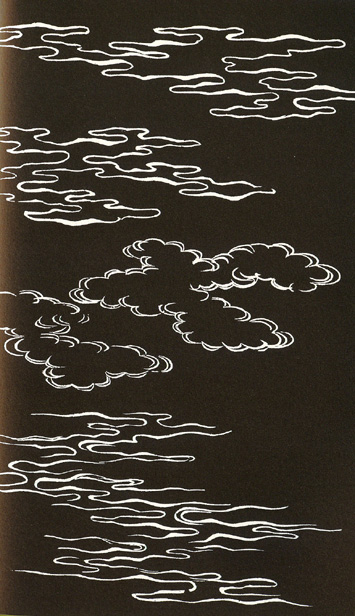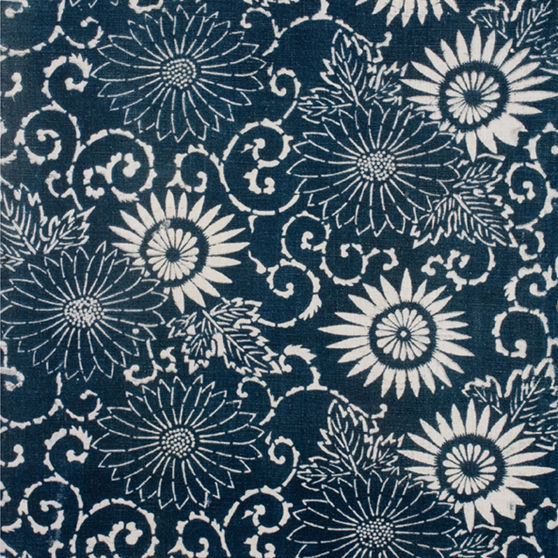Design And Performance Lab
|
New ChoreoDesign Project 2006-2007 Suna No Onna
movement notes (2) >> Now I am interested in codes- any social codes, including warrior code or codes in a little village. How are those codes made from the specific natural environment, historical background, or just to be taken & controlled by the authority. How do people fit themselves in the code. And what happens to them after they have become part of the code.>> (KI) November rehearsal:3 sections in different garments-in-movement:chromatte with corset-armchromatte with yellow sleeve and fragmentschromatte with yellow sleeve and leather headwear.motifssq 1.scene 1: dawn, low (floor), arm movement, drawing/swiping sand, begin day with a clearingscene 2: rise to the light, listen to the sound of day, air, wind, birds, noises, sand tricklingscene 3; circular (ritual walk), capturing tool-dress and environment into eye, self awareness and blurring, codescene 4: labor, the work of sand, code (down low, on floor), drawing lines, foldsscene 5: drinking from water of sky, motion upwardsq2scene 1: middday, heat, seek shadow, cover headscene 2: labor of day, ritual, with sleeve,scene 3: images begin to appear, the doublescene 4: dance/labor with the village (code)scene 5: entanglement (a stranger is to arrive and come to the enclosure)sq3scene 1: prepare defense, protection, kalari with headgearscene 2; invitation of stranger, the other imagescene 3: ritual encounter (hand dance sword dance), codescene 4: dialog setting, the woman and the man in the fold, the environmentscene 5: contamination of code, dominant code, dominated code
conceptual notes (2)
Wave Cloud Pine'The Japanese view of nature is monist: animals, plants, natural phenomena, and human beings are all part of a single world. Japan lacks the Western dualist concept of human beings as existing apart from nature.' Such thinking has led to the use of symbols and motifs in textiles and other crafts. In creating the motifs and symbols: 'Japanese craftsmen were neither depicting nature nor representing a concept. They were trying to express not an abstract idea but the thing itself. The portrayal of a concept is visual, while expressing the form of the thing itself is tactile: the difference in sensory experience may be one way to state the experience.' (Wave Cloud Pine: Traditional Patterns in Japanese Design, 2006) In the Japanese designs (below), one can enjoy the stylization of the images, the waves, the sand, the fish, the women - we will work some motion graphics for this: filming fish, creating an animated wave, a sinking sun/a rising moon etc. I imagine the screen image (garment) at some point to be filled with nature, become an animated artwork perhaps, where a wave rides the fabric and a fish momentarily passes through. We could also perhaps work with the fusion of such imagery in Isadora, the use of motifs and symbols to create a flow for the narrative. I begin to think about how we might work with this monist view of nature and of the expression of forms, the working with both the visual and tactile engagement. Paul highlighted Veruschka at our workshop on 3/11/06 and here I pause to consider the transformational aspect of her work, the morphing into and merging with nature, through both movement and through body art. With the wood, I think about the materiality of things (cf. Jean Baudrillard:, The System of Objects /Atmospheric Values: Materials, where he says: 'Wood draws its substance from the earth, it lives and breathes and 'labours' (like thye woman protagonist in the dunes. It has latent warmth; it does not merely reflect like glass but burns from within. Time is embedded in its fibres'). (MD) (Baudrillard, Atmospheric Values: Gestural Systems and Forms) 'When we come in our continued analysis of atmospheric values to the consideration of 'functional' forms' (variously described as 'contoured', 'dynamic', etc), we find that the 'stylization' of such forms cannot be disentangled from the stylization of the human gestural system which corresponds to them. The style of such gestural systems always implies the suppression of muscular energy, of labour. Primary functions are overwritten by secondary ones, by relationship and calculation, and instinctual drives give way to cultural connotation. All these tendencies are mediated practically and historically, at the level of objects, by the great shift from a universal gestural system of labour to a universal gestural system of control.' Jean Baudrillard, The System of Objects, 1996, p.49
(c) dap 2006
Project directors: Johannes Birringer & Michèle Danjoux Brunel University, West London
|
 .
. 